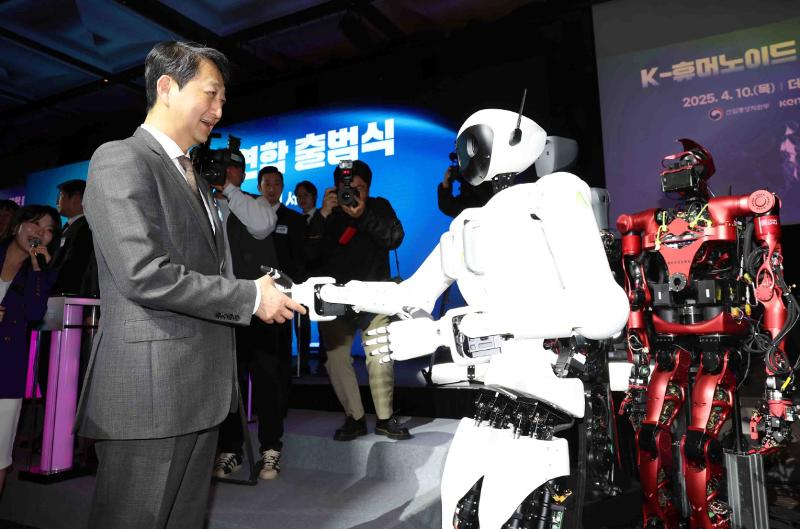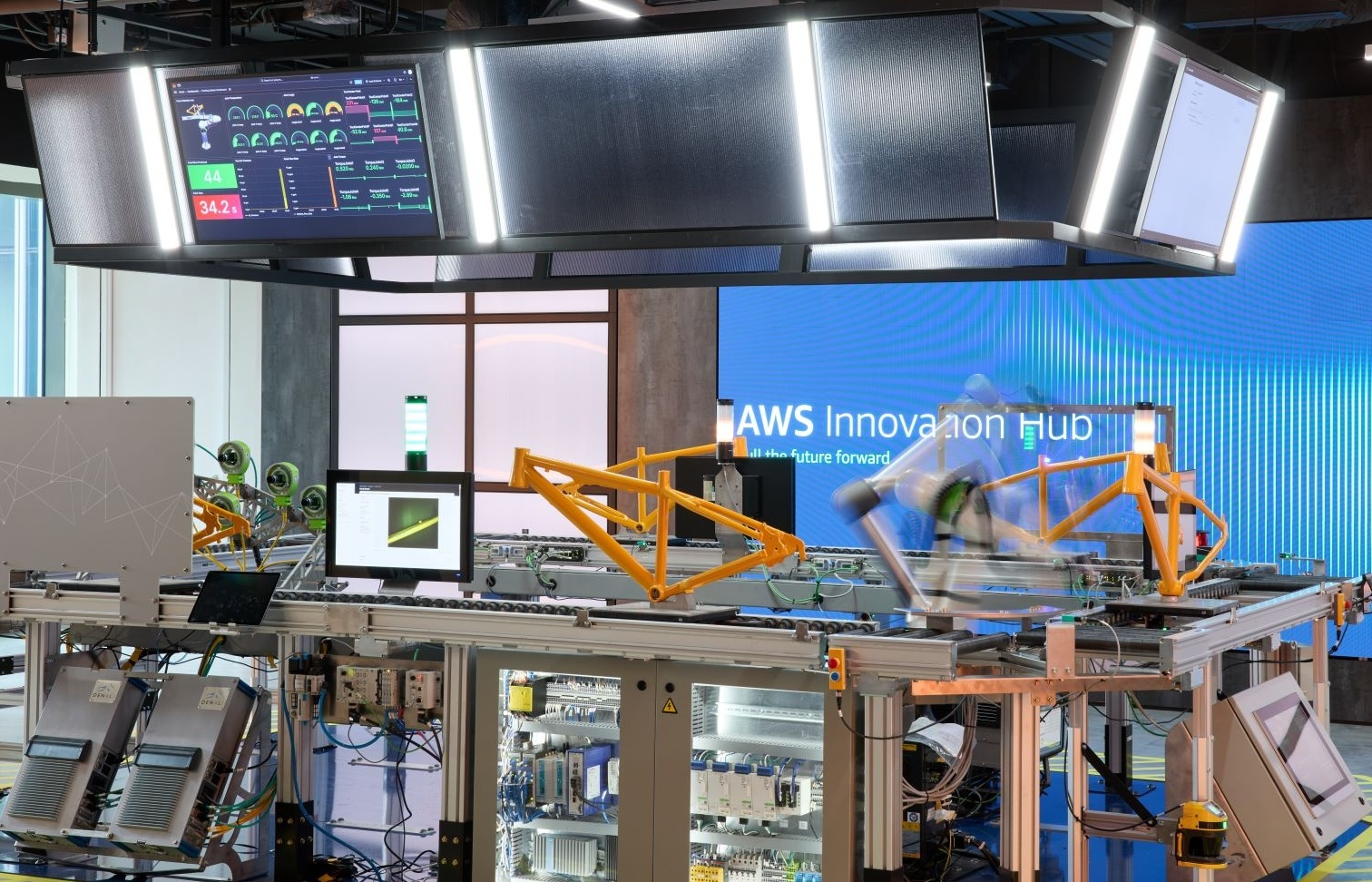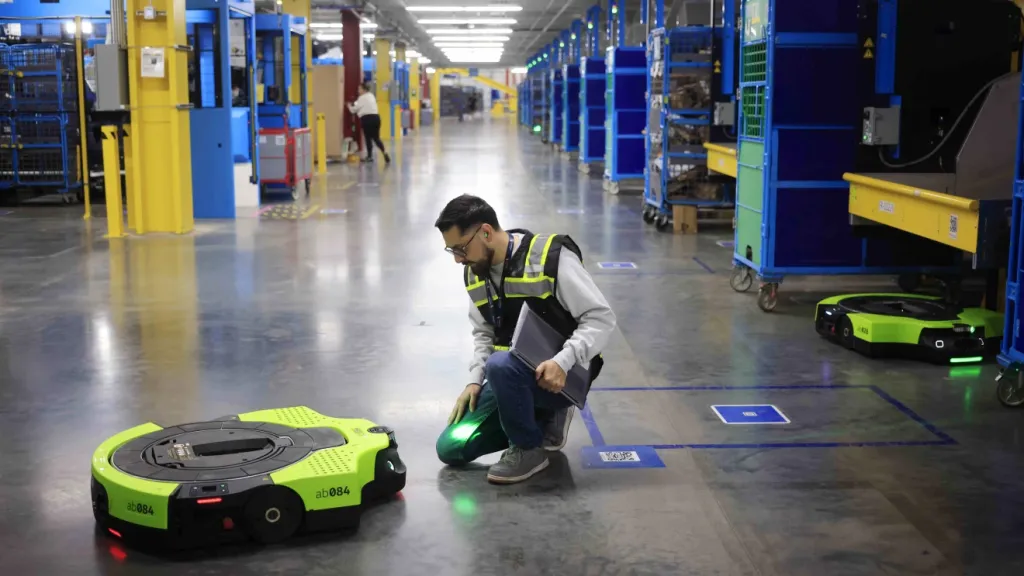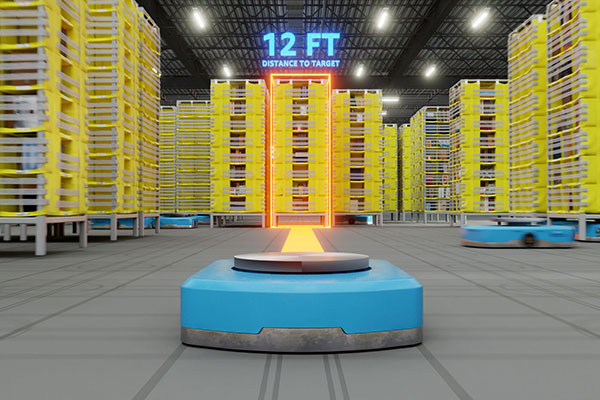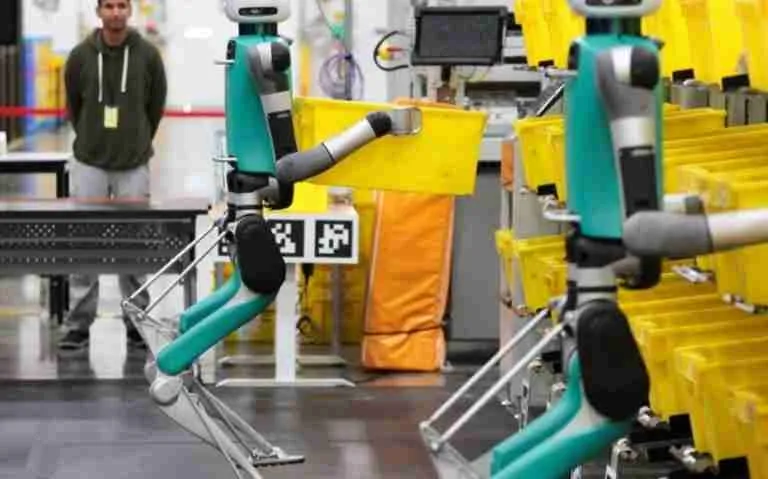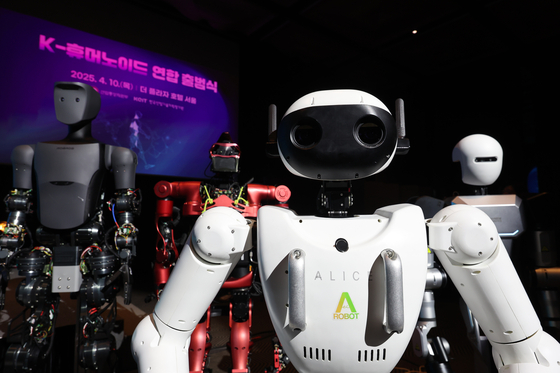
K Humanoid Alliance Launched South Korea Unites AI and Robotics Powerhouses for Global Leap
In a decisive move to lead the global humanoid robotics race, South Korea has officially launched the K Humanoid Alliance, a strategic national initiative that brings together top tier corporations, research institutes, AI developers, and robotics manufacturers. The announcement came during a high profile press conference in Seoul on July 8, 2025, where key government officials and executives from companies like Samsung Electronics, Hyundai Robotics, LG AI Research, and KAIST (Korea Advanced Institute of Science and Technology) stood united on a single platform. Their shared vision? To position Korea as a dominant force in the rapidly expanding field of humanoid robots within the next five years.
A Response to the Global Robotics Race
The K Humanoid Alliance didn’t emerge in a vacuum. It is South Korea’s clear response to global trends especially in light of accelerated humanoid development from major players like Tesla's Optimus, Boston Dynamics, and China’s UBTech. With humanoid robots moving beyond laboratories and into logistics, healthcare, customer service, and even manufacturing, Korea recognized the need for a unified, collaborative model. Government officials stated that the alliance is meant to prevent fragmentation, pool national expertise, and accelerate commercialization. The Ministry of Science and ICT has pledged over ₩500 billion (~$375 million USD) in funding over the next four years, to be matched by private sector investments.
Goals of the Alliance Beyond R&D
At its core, the K Humanoid Alliance has three major goals. First, it seeks to standardize humanoid robotic frameworks in Korea, ensuring compatibility across platforms and reducing duplication of work. Second, the alliance will establish AI robot integration labs in five major Korean cities, where engineers and scientists can collaborate across institutions. Third, it intends to launch commercial humanoid prototypes by 2027, focusing first on industries suffering from acute labor shortages, such as elderly care, industrial cleaning, and logistics. The alliance also includes export oriented strategies, as Korea eyes potential markets in Southeast Asia, the Middle East, and Europe.
Key Players and Innovations in Motion
The alliance includes a lineup of South Korea's most capable and globally competitive companies. Hyundai Robotics, fresh off its investment in humanoid bipedal walking systems, will lead hardware development. Samsung Electronics brings its computing power, sensors, and battery miniaturization technology, which is vital for energy efficient humanoids. LG AI Research, known for its large language models (LLMs) in Korean and multilingual contexts, will be central to the robots' cognitive and conversational abilities. KAIST, Korea University, and POSTECH will drive academic innovation, focusing on biomechanics, machine learning, and human robot interaction studies. The alliance will also integrate select K startups, especially those specializing in tactile sensors, speech recognition, and edge computing.
Humanoids in Korean Society A Cultural Fit?
Interestingly, Korea may be one of the most fertile grounds for humanoid robots to flourish socially. With its high speed internet, AI literacy, and a population that embraces tech friendly lifestyles, Koreans have already adopted robots in cafes, hotels, and airports. Furthermore, the country’s demographic pressures particularly an aging population and declining birthrate create a societal necessity for assistive robotics. Healthtech humanoids, designed for in home elder care, medication reminders, physical assistance, and companionship, are among the alliance’s top priorities. Unlike fully automated service bots, these humanoids are being designed with empathy engines, subtle facial expressions, and emotional context recognition, drawing on Korean norms of politeness and hospitality.
Challenges Ahead Competition, Regulation, and Public Trust
Despite its promising vision, the K Humanoid Alliance faces several challenges. First, global competition is fierce. Tesla’s Optimus project has already shown working factory integration. Chinese tech giants are pushing low cost humanoids into service industries. To stay competitive, Korea must innovate at both the hardware and software level particularly in AI adaptability and mechanical reliability. Second, the alliance must navigate ethical and regulatory issues facial recognition, surveillance risks, and data privacy are top concerns, especially as humanoids interact with humans in domestic and sensitive environments. Third, public trust will be critical. The alliance is therefore launching a nationwide outreach campaign, including demonstrations in schools, expos, and hospitals, to introduce humanoids as friendly, safe, and helpful companions not replacements for people, but tools to improve life.
A Symbol of Korea's Tech Future
The K Humanoid Alliance marks more than just an industrial partnership it is a bold statement of South Korea’s future identity as a global leader in advanced robotics. With strong government support, private sector commitment, and academic excellence, Korea is laying the foundation for a humanoid revolution rooted in safety, service, and social integration. The first humanoid prototypes are expected to be showcased during the World AI Expo Korea in November 2025, with pilot deployments planned for early 2026 in smart hospitals and metro stations. As the world watches this ambitious project unfold, the alliance stands as a beacon of what is possible when innovation, culture, and national strategy align toward a singular, transformative goal.
Related Post
Popular News
Subscribe To Our Newsletter
No spam, notifications only about new products, updates.

